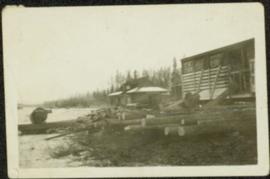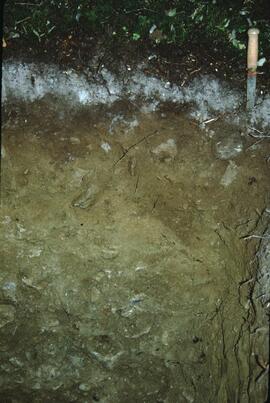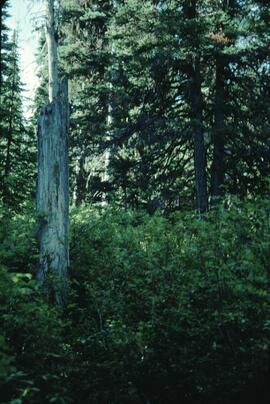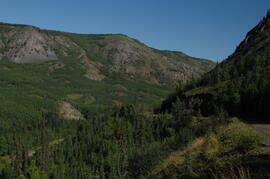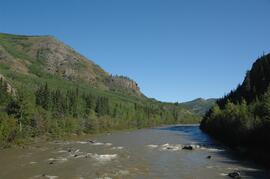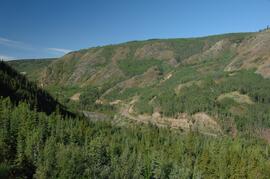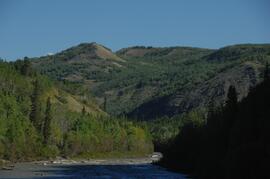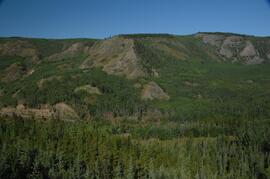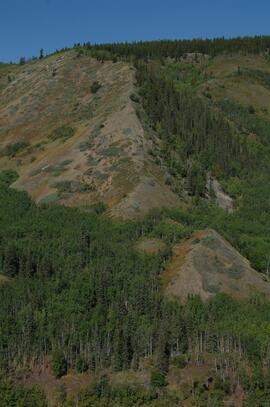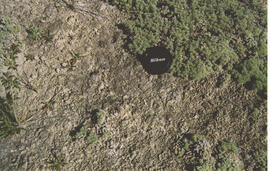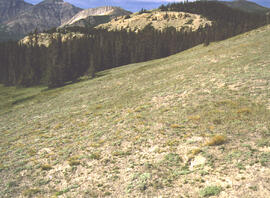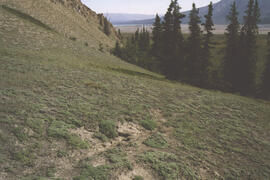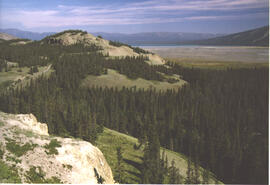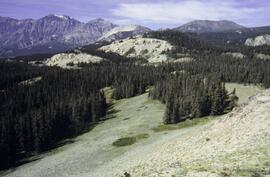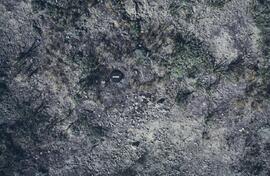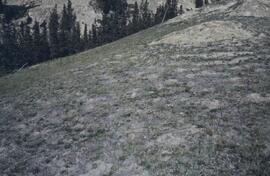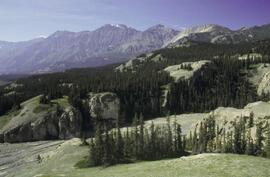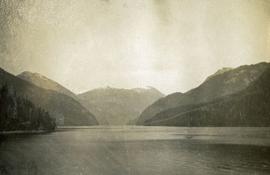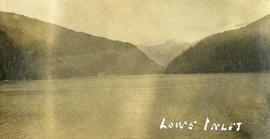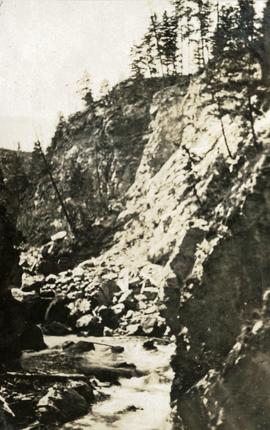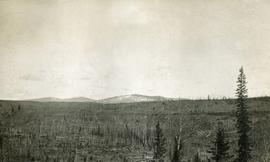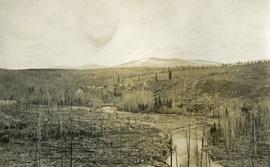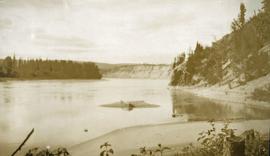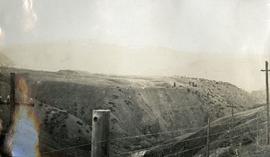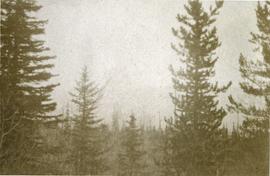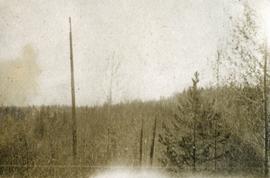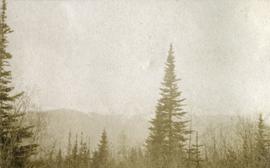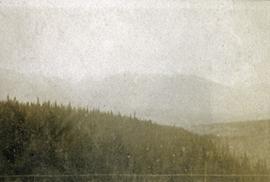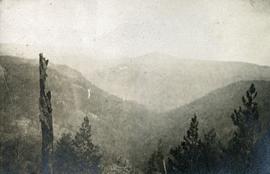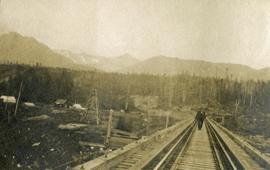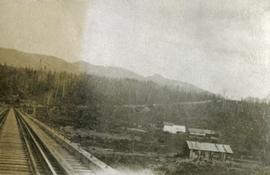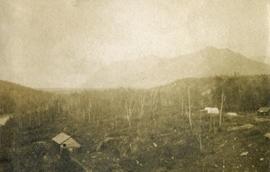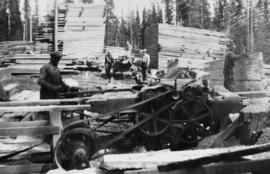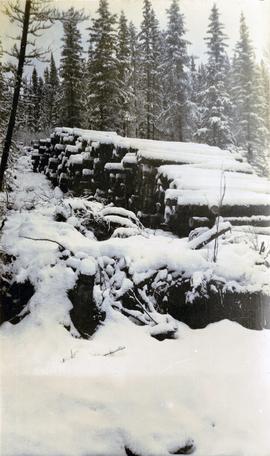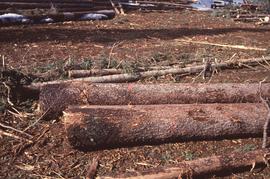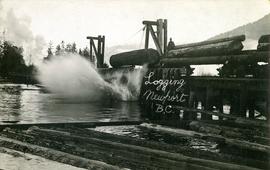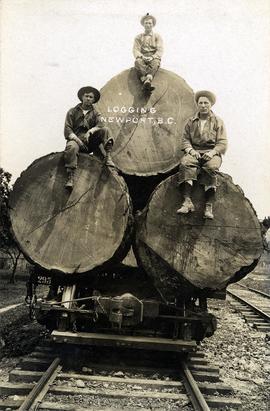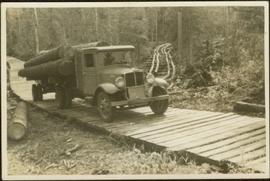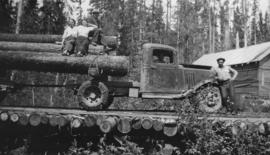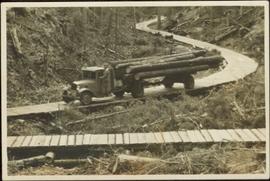File contains correspondence and other material concerning trade with the US.
Zimmerman, AdamFile contains clippings and newspaper articles regarding the softwood lumber dispute.
Zimmerman, AdamSub-subseries consists of records relating to the second phase of the Canada-U.S. Softwood Lumber Dispute, commonly referred to as Lumber II. In 1986, a U.S. lumber industry group, the Coalition for Fair Lumber Imports, petitioned the Department of Commerce (DoC). The United States International Trade Commission (USITC) once again arrived at the conclusion that Canada's exports unfairly impacted American producers. This time, the DoC did find Canadian forest programs to be countervailable and set a preliminary duty of 15%. Before the subsidy was imposed, the United States and Canada agreed to a Memorandum of Understanding that created a phased tariff. One of the terms of the MOU was that Canada levy an export tax on lumber traveling to the United States. Provinces that were affected had the chance to reduce this tax, if they performed any action meant to counterbalance their subsidies. British Columbia had the tax removed in 1987 while Quebec had it partly lifted in 1988.
Zimmerman, AdamFile contains several bound copies of US legislation pertaining to the Canada/US softwood lumber trade dispute.
Zimmerman, AdamFile contains clippings and newspaper articles regarding the softwood lumber dispute.
Zimmerman, AdamSub-subseries consists of records relating to the beginnings of the softwood lumber dispute, commonly referred to as Lumber I. In 1982, when the U.S. lumber industry petitioned the U.S. Department of Commerce (DoC) to impose a countervailing duty. Ultimately, the DoC found that Canada's stumpage system was not specific to any single industry and thus not countervailable. While the DoC made this claim, the United States International Trade Commission (USITC) believed that these Canadian imports did in fact hinder U.S. producers. The U.S. lumber industry chose not to appeal.
Zimmerman, AdamPhotograph depicts pile of cut logs in right foreground, unknown building and forest in background. Logs lie in front of what appears to be a large freight box.
This born-digital "Lucille Mountain soils" document provides a description and basic data for the Lucille Mt. pedon.
File consists of issues of the "LTSPS: Research Note" Prince George, Prince Rupert and Cariboo Forest Regions LTSPS-03 and LTSPS-04 (March, 2000) and "Forest: Research Note" Prince George Forest Region: Forest Resources and Practices Team PG-22 and PG-23 (March, 2000).
Photograph depicts of Lowe Inlet BC from the water looking toward the mountains.
Photograph depicts a view from the water of Lowe Inlet.
Photograph depicts a stream of water, a steep canyon wall in the background.
Photograph depicts a view of sparsely forested rolling hills with low mountains in the background.
Photograph depicts a view of sparsely forested hillsides with a creek in the center of the photo, low mountains in the background.
Item consists of second part of the panel on "Looking to the Past to Inform the Future? Forest History within a Contemporary Context" at the the "Exploring Our Roots: Forest History in Our Communities Annual Conference of the Forest History Association of BC" at UNBC in Prince George, September 19, 2009.
Photograph depicts river and high river bank in the distance.
Photograph depicts rolling hills with dry vegetation and river in the background.
Photograph depicts tree tops and sky.
Photograph depicts a view past tree tops to a snow capped mountain range.
Photograph depicts a view past tree tops to a snow capped mountain range.
Photograph depicts looking beyond a treed mountain ridge to snow capped mountains in the distance.
Photograph depicts a view of a forested mountain valley, looking toward a peak.
Photograph depicts a man walking toward the photographer on a railroad track. Along side the track is newly cleared land with some building and tents. Forested hills and mountains in the background.
Photograph depicts looking down a railroad track on the left, a few scattered shanties in the right foreground, freshly cleared land, forest and a mountain range in the distance.
Photograph depicts newly cleared land with three or more buildings. Forest and mountains in the background.
The BC Ministry of Forest's EP 1148 Long-term Soil Productivity (LTSP) study addresses two key factors— soil porosity and site organic matter—that potentially limit tree growth and site productivity in the timber-harvesting land base and that can be affected by forestry operations.
Photograph depicts a lomen planer in operation at Peden Hill Sawmill lumber yard. Other workers and stacks of timber are nearby.
Photograph depicts a snow covered pile of logs. Handwritten annotation on verso reads: "Logs. on Railway".
Annotation on slide: "Summit Lake, March 1992".
Photograph depicts the unloading of logs from rail cars into the Mamquam River Blind Channel in Squamish (then Newport). The valley bottom around Squamish was logged from Mamquam River north to across the Cheakamus River before the construction of the Pacific Great Eastern Railway.
Photograph depicts three men sitting on large logs on a logging truck. The men are believed to be, from left to right: unknown, Al Lassmann, Jack Phelps.
Fully loaded logging truck driving along a wood plank logging road. Another road under construction is also visible through forest in background.
Photograph depicts a loaded logging truck on corduroy log road near Peden Hill sawmill. The truck has three passengers--a man and two women--sitting on top of the loaded logs. The leftmost passenger is Mrs. Fred Tesluk; Fred Tesluk co-owned the Peden Hill mill with Cornel Neronovitch. Cornel Neronovitch stands at the right of the photograph, in front of the truck.
Fully loaded logging truck driving along a switchback, wood plank logging road.
Handwritten annotation in pencil on verso reads: “Truck Logging / Giscome BC.”
